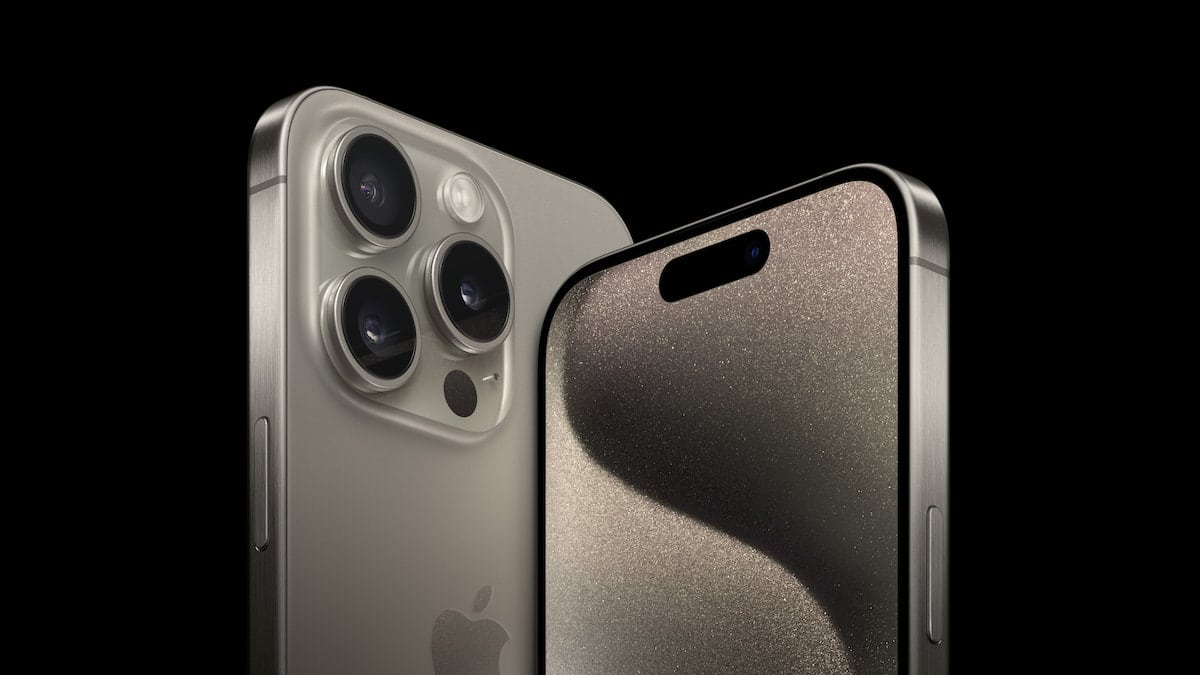With the upcoming WWDC 2024 just around the corner, all eyes are on Apple’s anticipated reveal of iOS 18. The next-generation operating system is expected to introduce a host of cutting-edge AI features that promise to elevate the user experience on iPhones, iPads, and Macs.
However, not all current devices will support these new capabilities. Here’s everything you need to know.

iOS 18 is rumored to bring significant AI enhancements, including a more natural and intuitive Siri, advanced voice memo transcriptions, AI-generated emojis, and various improvements in apps like Safari and Notes. Mark Gurman from Bloomberg has highlighted that many of these features will require the superior processing power of the A17 Pro chip, found in the iPhone 15 Pro and Pro Max, as well as the forthcoming iPhone 16 and 16 Pro series.
The A17 Pro chipset, introduced in September 2023, represents a major leap in performance with a 16-core Neural Engine capable of 35 trillion operations per second. This significant boost in processing power is essential for handling the demanding AI tasks that iOS 18 aims to deliver.

While the AI advancements in iOS 18 are exciting, they come with a catch: device compatibility. According to Gurman, the on-device AI features will be limited to iPhones with the A17 Pro chip and newer models. This means that even recent models like the iPhone 15 and iPhone 14 Pro, which are equipped with the A16 Bionic chip, may not fully support these new capabilities.
For users of these slightly older models, this could be disappointing news. The A16 Bionic, despite being a powerful chipset, does not have the same Neural Engine advancements as the A17 Pro, making it less capable of handling the intensive AI operations that iOS 18 will bring.
Not all is lost for owners of older iPhones. iOS 18 is expected to incorporate cloud-based AI features, thanks to a rumored partnership between Apple and OpenAI. These cloud-based features could be accessible to any iPhone capable of running iOS 18, offering a broader range of users the opportunity to experience some of the new AI functionalities without the need for the latest hardware.
Read more: